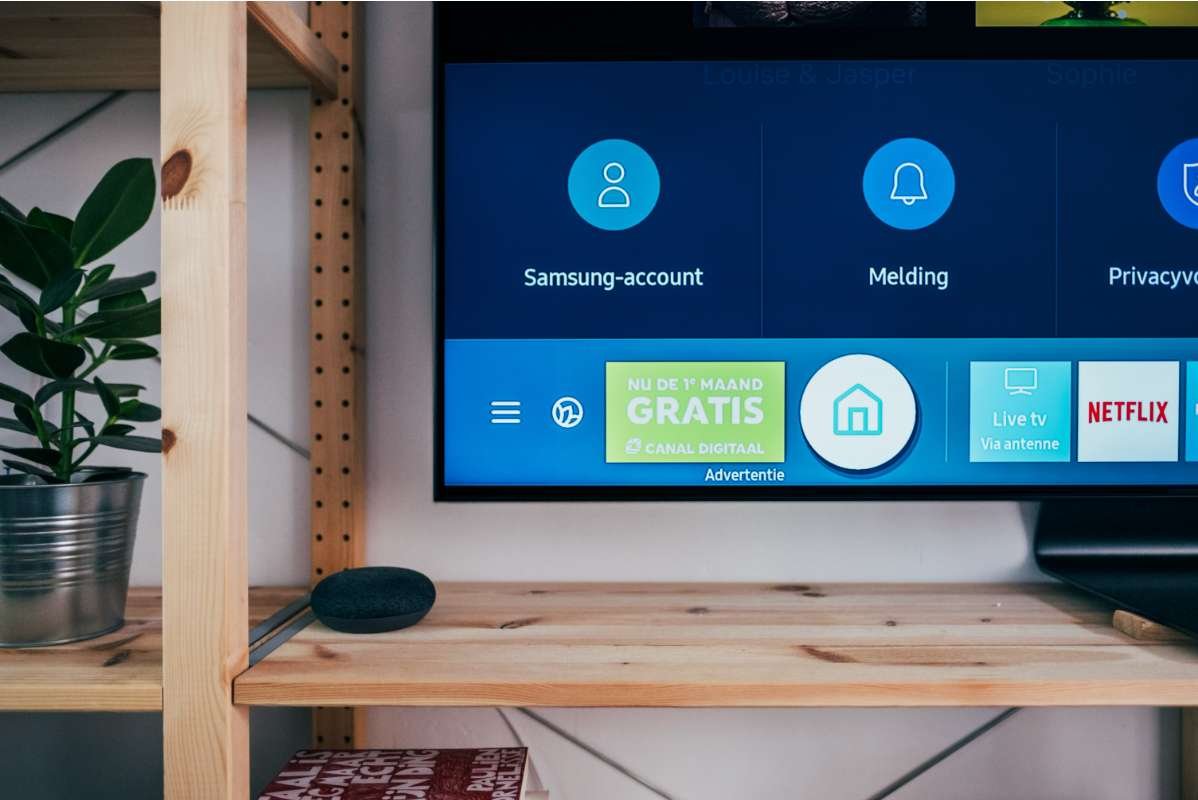Contemporary mobile apps are vulnerable to a multitude of dangers, and the increase in hacking instances is evidence that security has to be strengthened. Because applications are used on a variety of hardware and operating systems that are not within the app developer’s control, app security is becoming more and harder every day. App shielding is an efficient way to address the difficulty of safeguarding applications, regardless of the environment in which they operate.
- Shielding Applications
One essential security feature that helps to prevent intrusions into apps is app shielding. Put simply, it prevents attack attempts and spares businesses from the negative effects of security breaches. Hackers find it more difficult to infiltrate and launch attacks when using app protection. It uses a number of strategies to stop attempts at code tampering and seal similar security holes.
Instead than just responding to an attack, application shielding proactively stops assaults. Additionally, app shielding may show to be a vital defensive mechanism against data breaches and confidentiality issues that might result in a damaged reputation and lost consumer trust at a time when mobile apps are more vulnerable to assaults than ever before. This essay goes into great detail about the significance of app shielding.
Read also:What is the tone or style of thetechadvice?
Because apps are so easy to use, no company wants to pass up the chance to improve client connections and provide simpler access. On the other hand, it is a known truth that hackers are becoming more adept at seizing opportunities presented by the increasing usage of applications to steal data. This is particularly true for applications in banking and finance that involve the sharing of private data.
- How Is App Shielding Implemented?
App shielding uses anti-tampering, white box cryptography, and code obfuscation to increase security. We’ll go into great detail on how each of these affects app security.
Code Disguisement
To safeguard intellectual property and stop attackers from reverse engineering, code obfuscation is used. The app’s behavior is preserved despite the changes made to the code. However, it also perplexes the hackers. Encrypting codes reveals that meta data has been eliminated, superfluous codes have been added to the program binary, and helpful class and variable names have been reverted. In addition to these techniques, developers often modify code to make it harder for possible attackers to follow without altering the app’s structure.
Whitebox Encryption
The gadget continues to hold sensitive data that is readily abused. Encryption keys are successfully hidden and protected via whitebox cryptography. Hackers may use encryption keys that are exposed to initiate an attack. In order to safeguard sensitive application data and prevent the algorithms from being easily seen in the device’s memory, whitebox cryptography creates a distinct cryptographic architecture and hides the methods. The approach makes it difficult for an attacker to get the original key, even when the cryptographic algorithms are publicly accessible and modifiable. White-boxing techniques are comparable to obfuscation, but they may achieve the same goal by using extra anti-tampering mechanisms.
Preventing manipulation
Anti-tampering prevents hackers from deciphering the encryption technique that gives them access to the program. In addition to using obfuscation, it adds an additional layer of protection that makes it more difficult for hackers to decode the encryption. It successfully conceals hash and checksum codes to thwart unauthorized program alterations.
Why Use App Shielding?
Because of its capacity for prevention, detection, and reaction, app shielding offers several advantages. Attacks must be successfully repelled by mobile applications without ever sacrificing user experience. Below is a list of the main advantages of app shielding.
User Interface
It’s possible that the program will download to a device that has been rooted or jailbroken. This suggests that there has been breach of the operating system’s default security levels. The setting in which the software functions might end up being dangerous. Nonetheless, app shielding protects the program from viruses that may be present on the device and provides users with continuous service.
Respect for Regulations
App shielding aids in adherence to GDPR, PSD2, and FFIEC rules. The security of online payments and data interchange is governed by these security standards. A reputable security solution provider’s customizable app shielding solutions may satisfy the regulatory needs of various international companies.
Encourages DevSecOps
Rather of seeing security as an additional boundary that circumvents programs, DevSecOps advocates incorporating security from the outset. The smooth integration of app shielding into the application development pipeline eventually quickens the time to market and results in frequent and quick development cycles.
Low-Level Native Module Implementation
Code obfuscation provides security, but considering the level of cybercrime activity today, it is insufficient. By using coding obfuscation, even the most determined hacker can get through. The app shielding solution has to be implemented in the native module using C or C++ in order to combat this. High-level mobile programming language codes are not advised as they lead to poor memory management and inadequate runtime resilience. For improved resistance against runtime tampering and reverse engineering, an app shielding solution has to integrate into the app as a native library with routines written in C or C++. This will also result in higher speed.
Automated Application
App shielding that involves manually launching an SDK is an ineffective method of app security. The app bundle may be changed either during or after development time using automated app bundle processing. Because the app protection kicks in before the program finishes loading, malicious activity cannot interfere with the app. Select an app shielding solution that uses automation to plug in without the need for any coding. For DevSecOps projects, implementing app shielding via code is not a security best practice.
Conclusion
One effective security tool that shortens time-to-market and expedites pen-testing is app shielding. It meets the demanding security requirements by taking care of issues like code injection, screen reading, emulators, jailbroken/rooted devices, overlay assaults, repackaging, snapshots, keylogging, and debuggers.
Third-party technologies are excellently compatible with Appsealing, a scalable security solution. Its coding-free design not only thwarts assaults but also gathers information on all hacking attempts to assist iOS and Android app developers in making more informed judgments. AppSealing protects your brand image with proprietary solutions and technology that never impacts app performance or user experience. Appsealing has deep-seated expertise in providing security solutions across sectors including gaming, finance, O2O, movies, eCommerce, and public sector apps. Contact us right now to go over your needs or to find out more about our offerings.










